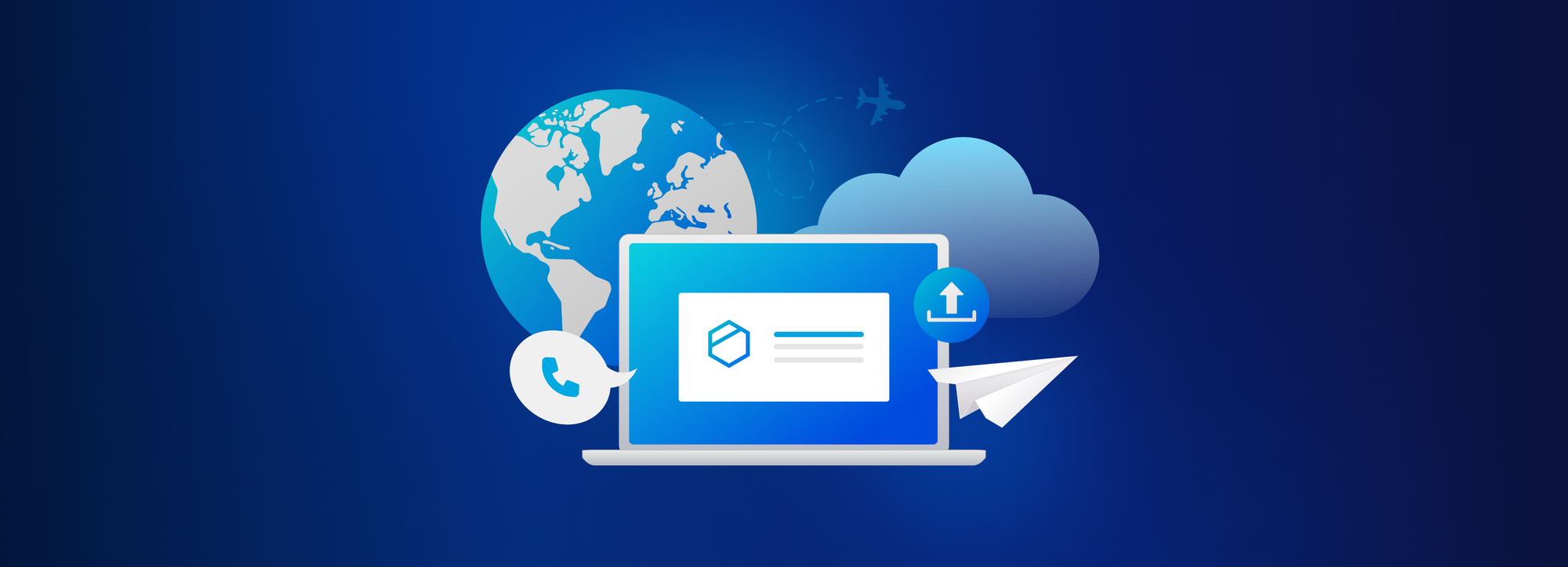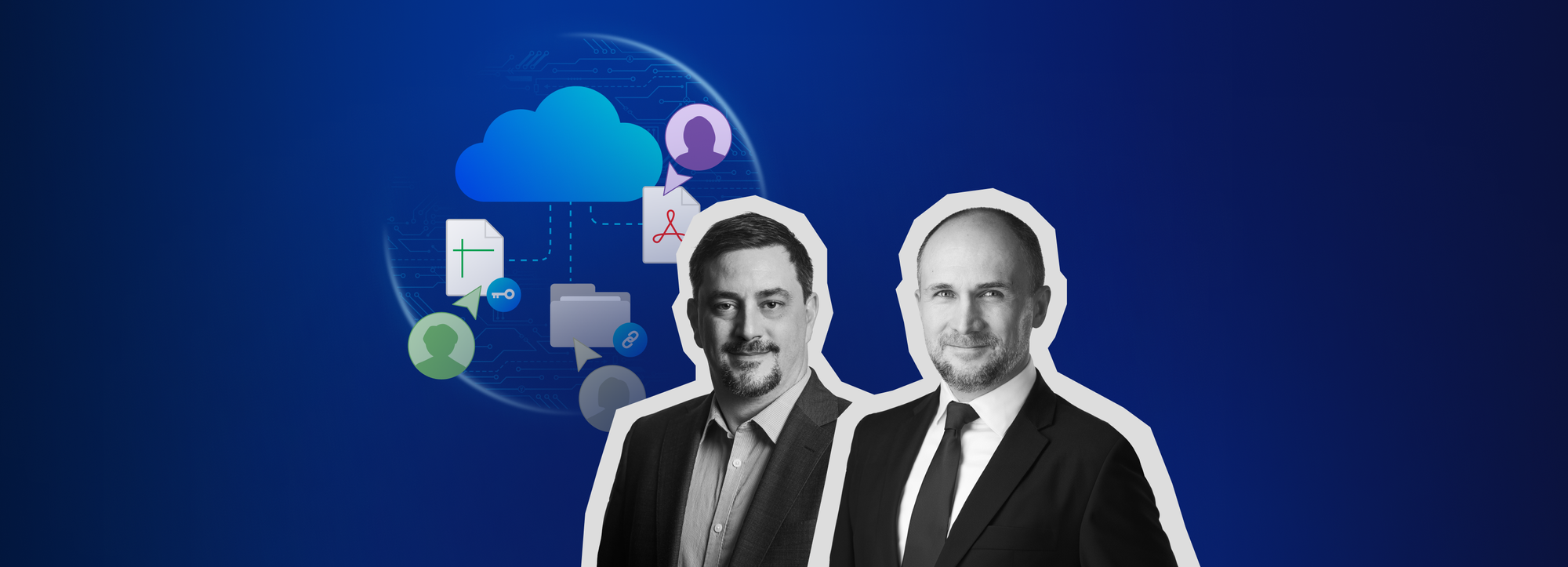Remote access security: key risks to watch out for and how to mitigate them

The coronavirus pandemic thrust organizations into the era of remote work almost overnight, overwhelming HR teams everywhere. The IT department, however, soon became the next hub for employees seeking direction – and constant remote access – in the brave new world of virtual collaboration.
Remote work did more than just increase businesses’ attack surface. It moved their vulnerability from office desks to homes, cafés, parks, and so on, where intrusion detection systems and firewalls no longer keep attackers at bay. “Those had been protecting the castle, but now, people aren’t working inside the castle,” Ed Skoudis, president of SANS Technology Institute, told TechTarget. “We’ve been saying for years that the network perimeters we built were dissolving because of things like wireless and cloud, but then, COVID came and blew it all up.”
What remote access security tools and measures can businesses use to keep or regain control in today’s distributed workforce environment? This is what we’re going to explore in this article, along with best practices for organizations to ensure remote worker security wherever work is being done.
What is remote access security? Secure remote access meaning and key aspects
Remote access security refers to the measures implemented to secure connections and interactions between remote users and an organization’s private network and systems. It’s a multipronged approach to protecting digital resources from unauthorized access and malicious threats, making it an important pillar of a sound cyber security strategy.
At its core, remote access security aims to authenticate users and their devices, ensuring that only authorized individuals can enter the enterprise network. This is typically achieved through multi-factor authentication (MFA), which requires users to provide at least two forms of identification before they can access sensitive data or resources.
But it doesn’t stop there. Beyond authentication, remote access security also includes protecting the data transmitted between the remote user and the target network. Virtual Private Networks, or VPNs for short, as well as encryption techniques, such as end-to-end encryption, are commonly used to create a secure channel for data transmission.
Finally, remote access security involves monitoring and managing all remote access points to a corporate network. This means keeping track of who has access to what resources and promptly revoking access when it’s no longer needed as well as deploying security systems that can detect and quickly respond to remote access anomalies.
Why is remote access security important?
As of 2023, research shows, 12.7% of full-time employees work from home and 28.2% on a hybrid schedule, signaling a rapid normalization of the flexible work arrangements brought about by the coronavirus pandemic. While efficient and highly sought after by employees, remote work can drastically expand organizations’ attack surface. In a survey of IT and cybersecurity decision makers published in August 2020, one in five participants reported facing a security breach due to a remote worker since the start of the pandemic.
This is hardly surprising, considering that work-from-home employees often sign in to company networks using unsecured Wi-Fi connections available in coffee shops, airports, hotels, and their own homes, making themselves – and whatever resources they access through such networks – vulnerable to a litany of cyber threats. Other remote working security risks include the increased use of shadow IT, such as personal devices and unsanctioned apps, weak passwords, and unencrypted file sharing tools.
However, the work-from-home revolution shows no signs of slowing down. As we pointed out in our previous deep dive on secure remote working, almost 10% of last September’s online job searches mentioned “remote work,” marking a nearly sixfold increase compared to a year before, CNBC reports.The good news is, with the right remote access security protocols in place, potential breaches can be contained and work-from-home cybersecurity risks mitigated before they become a problem.
Work-from-home cybersecurity: the 5 biggest security risks to watch out for
- Unsecured Wi-Fi networks: Remote workers often rely on public or home Wi-Fi networks for work. These, however, are hardly as secure as those within the office environment, putting data passed between their device and corporate servers at risk.
- Phishing attacks: According to Verizon’s 2022 data breach report, 36% of all data breaches involve phishing. The absence of face-to-face communication and help from their IT departments renders remote users more susceptible to such attacks.
- Poor password management: No firewall or VPN is secure enough to make up for the risk of unauthorized access posed by weak passwords. Or repeat ones, which comprise 51% of passwords used globally, according to research.
- Malware risks: Decreased oversight by IT staff combined with an increased use of unapproved hardware and software can create a perfect storm for cybercriminals looking to exploit the sudden surge in remote working.
- Lack of employee training: When it comes to mitigating remote working risks, employees can be the weakest link – or your strongest ally. Despite this fact, one in three businesses fails to offer cybersecurity awareness training to remote workers.
How does remote access work – and what technologies to use for secure remote network access?
Remote access, TechTarget explains, is accomplished with a combination of software, hardware, and network connectivity. More specifically, a secure software solution such as a VPN, a hard-wired network interface or Wi-Fi network interface, and the internet. Let’s look at some essential technologies for a bulletproof work-from-home security strategy.
1. VPNs
A cornerstone of remote worker security, virtual private networks are used to create a protected connection between a remote user’s device and the organization’s internal network. The data transferred over this connection is encrypted, meaning that even if it’s intercepted, it remains unreadable to unauthorized parties. Especially in remote work scenarios, VPNs are vital to secure access to business networks from unsecured public networks by creating a private tunnel for data transmission.
2. MFA
Multi-factor authentication solutions require users to provide two or more verification factors to gain access to corporate accounts, networks, or resources. Typically, these factors are something the user knows (like a password), something the user has (like a smartphone to receive a verification code), or something the user is (like a fingerprint or face scan). In other words, MFA functions as an added security mechanism to ensure that digital identities are not easily compromised by simply cracking a password.
3. SSO
Adding another three-letter acronym to your work-from-home security checklist, single sign-on (SSO) solutions are key to both simplifying and strengthening user authentication. By reducing the need for multiple passwords, they minimize the risk of password-related security breaches, often arising from weak or reused passwords. They also enhance productivity, allowing users to access several applications with a single set of credentials as well as by eliminating the need to remember multiple passwords.
4. PAM
The fourth and last acronym to remember is PAM, which is short for privileged access management. PAM refers to a set of tools and tactics used by organizations to control and monitor access to critical systems by privileged users, fend off unwanted access, and reduce the risk of data breaches. Ideally, PAM solutions provide real-time oversight and detailed audit logs, a key feature to spot the early signs of a potential security incident and comply with data protection regulations.
It’s important to note here that remote access and remote control are two entirely different aspects of remote computing. The former refers to the ability to access a computer or network from a distance, required by remote workers to access enterprise data and applications outside the office. The latter means the ability to take control of another computer from a different location, a key tool for IT support teams to troubleshoot issues or install software on remote machines without physical presence.
Remote work best practices: a 7-point remote worker safety checklist
1. Regular updates and patches
Ensuring software, applications, and operating systems are up-to-date is crucial for a secure remote environment. Patches and updates are issued to address vulnerabilities, fix performance bugs, and provide enhanced security features in a program or product, preventing malicious hackers from exploiting security flaws for unauthorized access and potential harm.
2. Strong password policies
Strong, unique passwords are the first line of defense against unauthorized access. Implementing password guidelines that require a combination of uppercase and lowercase letters, numbers, and special characters in no recognizable patterns can greatly strengthen your security posture, especially in the face of brute force attacks.
3. Secure Wi-Fi networks
Encourage staff to always connect to secure and private Wi-Fi networks instead of public Wi-Fi to prevent potential security breaches. If public Wi-Fi must be used, a VPN should be in place to make sure the data transmitted over the public network is encrypted, even if the network itself isn’t, and unreadable to potential eavesdroppers.
4. Employee education
Regular training on cybersecurity and remote work best practices is vital to helping employees stay well-informed and vigilant. This ranges from spotting phishing attempts or malware attacks to maintaining secure connections and proper password management. It can also foster a culture where cybersecurity is viewed as a shared responsibility instead of a restraint.
6. Limiting access
Access to sensitive data and systems should be limited to necessary personnel only. This practice, known as the principle of least privilege (PoLP), not only minimizes the risk of data breaches but is also a must for HIPAA compliance. See our post on the HIPAA minimum necessary rule and what it means for covered entities for more guidance.
7. Secure file transfer options
Instead of relying on emails, which can be vulnerable to cyberattacks, use secure file transfer options to share sensitive documents. File-sharing solutions, especially end-to-end encrypted ones, enable secure file transfer by allowing users to restrict access to files, meaning only granting authorized personnel permission to open, view and download them.
8. Incident response plan
Have an incident response plan ready for potential security breaches, including detailed steps for identifying, containing, and recovering from such incidents. A well-devised plan can ensure a prompt and effective response, minimize damage, reduce recovery time and costs, and protect the company's reputation, assets, and the trust of their stakeholders.
How Tresorit can help your remote workforce stay safe – and productive
An end-to-end encrypted content collaboration platform, Tresorit empowers you to:
- Make the cloud a safer place with E2E encryption
Every file and relevant metadata on our users’ devices are encrypted with randomly generated encryption keys. Accessing files is only possible with a user’s unique decryption key that no one else, not even Tresorit, has knowledge of. Meaning that even if our servers were breached, no one would be able to read their contents. - Keep access secure and limited
Monitor and decide which devices are allowed to access which files and from where users are allowed to log in to their company account to safeguard business-critical documents. Manage files and tresors at a granular level to ensure they’re only accessible to those who need them and limit downloads or revoke access at any time. - Stay in control of what happens to your data
Implement data protection measures, including controlling who has access to what data, logging file activities, and creating internal security policies for data management. No file content can be modified without you knowing about it, thanks to cryptographic authentication applied to all encrypted data in the form of HMAC or AEAD. - Set up and enforce enterprise security policies in one place
Make sure that everyone on your team is on the same page when it comes to using crucial data security tools and processes. Apply policy templates, including 2-step verification, IP filtering, timeout policies, and sharing policies, create different policies for each template and modify them at any moment through a single interface. - Encrypt attachments automatically in Gmail and Outlook
Empower your teams to work efficiently and send encrypted emails by integrating Tresorit with Google Workspace or Azure Active Directory and Office 365. The add-ins offer a fast and easy way for users to replace risky email attachments with encrypted share links and password-protected files using their existing email addresses.






